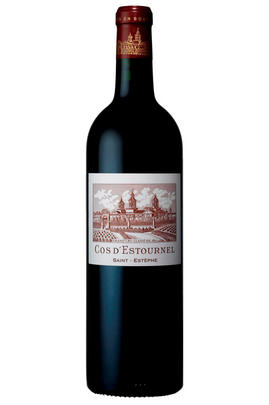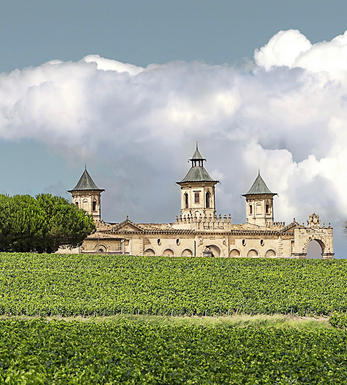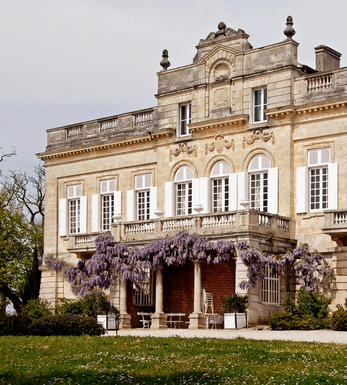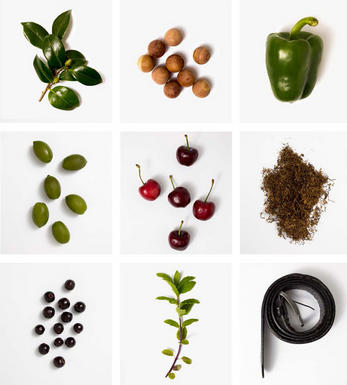
2008 Cos d'Estournel, St Estèphe, Bordeaux

Critics reviews
Lisa Perrotti-Brown - 30/11/2018
Jancis Robinson MW - jancisrobinson.com - Apr 09
Robert Parker - Wine Advocate - May 2011
The inky/purple-hued 2008 Cos reveals exceptionally precise, fresh aromas of black fruits, crushed rocks, licorice, flowers, and subtle smoke. Dense and high in tannin, the extraordinary richness of polyphenols has given the wine power, substance, and depth, but the sweetness of the tannin and the seemingly low acidity...has given the wine a precision and elegance that is remarkable. ...This wine should gain weight, richness, and a few Parker points by the time it is bottled. It is even denser and richer than the 1996...It should evolve for 30-35 years.
Robert Parker - Wine Advocate - Apr 2009
Decanter - Apr-2009
About this WINE

Cos d'Estournel
Château Cos d`Estournel is named after its 19th century owner, Louis-Gaspard d'Estournel, and it was he who built the bizarre oriental edifice that is a landmark for any tourist in the Médoc. Today Cos d'Estournel is without doubt the leading estate in St-Estéphe. It is located in the south of the appellation on the border with Pauillac and its vineyards are superbly sited on a south-facing gravel ridge with a high clay content, just north of Lafite.
Cos d'Estournel is typically a blend of 60% Cabernet Sauvignon, 38% Merlot and 2% Cabernet Franc - do not be fooled by the relatively high Merlot content, as these are full-bodied, dark, brooding tannic wines when young which develop a complexity and intensity that can rival many top growths from Pauillac.
In 1998 the Prats family sold Cos d'Estournel to The Tailan Group. Cos d'Estournel is classified as a 2ème Cru Classé.

Saint-Estèphe
Saint-Estèphe is the northernmost of the most important communes of the Médoc and borders Pauillac on its southernmost border, with only a gully and stream separates it from Ch. Lafite. To the north lies the Bas-Médoc.
Saint-Estèphe is defined by the depth of its gravel, which is ubiquitous but of varying depths and occasionally very shallow, when clay predominates. This keeps the soil cooler and wetter than its counterparts so that the wines can appear fresh in lighter vintages, but superbly successful in hot, dry years.
The best châteaux in the south of the commune have the deepest soil and the thickest gravel. Cos d'Estournel has an exceptional terroir with its vineyards being located on a south-facing ridge of gravel with excellent drainage.
Saint-Estèphe is the least gravelly of main Médoc communes and in the north of the commune the vineyards are heavier and more clay-based leading to a rustic style of wine being produced.
The wines can appear austere in youth with a discernable ferric note at some châteaux, but the best typically display good depth of colour, pronounced acidity an tannins in youth and are exceptionally long-lived. At their best, they are the equal of almost any Bordeaux. The well-regarded St Estèphe co-operative controls the production of about half the appellation.
Recommended Châteaux
Cos (Ch. Cos d'Estournel), Ch. Montrose, Ch. Calon-Ségur, Ch. Lafon-Rochet, Ch. Les Ormes de Pez, Ch. Beau-Site, Ch. Cos Labory, Ch. Phélan-Ségur

Cabernet Sauvignon Blend
Cabernet Sauvignon lends itself particularly well in blends with Merlot. This is actually the archetypal Bordeaux blend, though in different proportions in the sub-regions and sometimes topped up with Cabernet Franc, Malbec, and Petit Verdot.
In the Médoc and Graves the percentage of Cabernet Sauvignon in the blend can range from 95% (Mouton-Rothschild) to as low as 40%. It is particularly suited to the dry, warm, free- draining, gravel-rich soils and is responsible for the redolent cassis characteristics as well as the depth of colour, tannic structure and pronounced acidity of Médoc wines. However 100% Cabernet Sauvignon wines can be slightly hollow-tasting in the middle palate and Merlot with its generous, fleshy fruit flavours acts as a perfect foil by filling in this cavity.
In St-Emilion and Pomerol, the blends are Merlot dominated as Cabernet Sauvignon can struggle to ripen there - when it is included, it adds structure and body to the wine. Sassicaia is the most famous Bordeaux blend in Italy and has spawned many imitations, whereby the blend is now firmly established in the New World and particularly in California and Australia.


Buying options
Add to wishlist
Description
Cos d’Estournel’s multimillion Euro renovation project (as seen on Wine: The Firm) has turned its winery into a futuristic sight incredible to behold. Gravity flow is now all-important to ensure that the wine is moved around in the gentlest way possible. The 2008 is the first vintage to be made in the new winery and fortunately for investors in Cos’s grand project, we think you can taste the difference. This was by far the finest wine we tasted in St Estèphe. The majority of wines from this cooler commune were austere and lacking the ripe fruit found elsewhere in Bordeaux in 2008. This however has dark, brooding fruit yet is elegant and fine with lovely minerality and savoury complexity. It may need a while but this should be very impressive indeed in fifteen years’ time.
wine at a glance
Delivery and quality guarantee